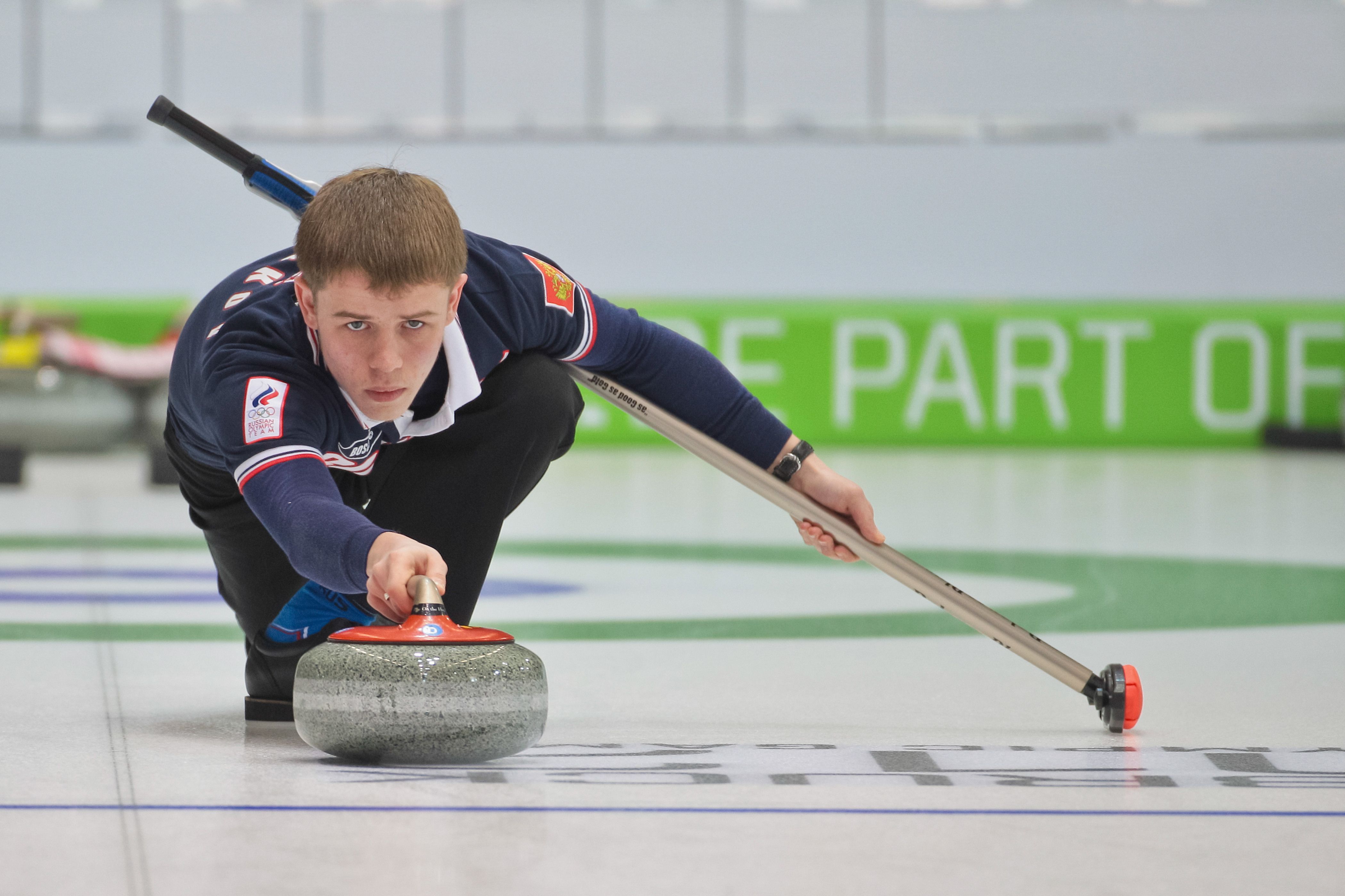 They have us singing O Canada! – but it fails to produce the effect of a rousing round of The Star-Spangled Banner in Yankee Stadium. Far from riled up, we feel like children at school again, trying to remember how the French bits go. Then the rocks hit the ice.
They have us singing O Canada! – but it fails to produce the effect of a rousing round of The Star-Spangled Banner in Yankee Stadium. Far from riled up, we feel like children at school again, trying to remember how the French bits go. Then the rocks hit the ice.
It is the world’s premier curling bonspiel – the Brier – where more prestige is attached to a win than a gold medal from the World Championships, at which the Brier-winning team will represent Canada. More than a hundred thousand well-behaved spectators have gathered over the course of the week to watch four-man teams from most provinces and territories vie for the title.
If you’ve ever tried your hand at curling in a rec league, struggling to maintain balance as you throw a stone, there is growing incredulity here as the professionals put that stone where they want it, at exactly the right speed, bending around obstacles, time after time. All of the cruel chaos of almost-universal incompetence is gone, and what remains is pure science. But elements of that science are in dispute.
Alberta skip Kevin Koe lunges off of what look like sprinter’s starting blocks, pushing the 45-pound polished block of Scottish granite in front of him. Just before he releases the stone, he puts a slight spin on it. “Line’s good!”, he calls to his third at the other end of the curling sheet.
Two sweepers follow the stone, brushes in hand, awaiting instructions. At a call of “Yep!” they leap into action, putting all their weight on the brushes as they scrub in front of the stone, their feet trailing out behind them for balance. It can look as if the sweepers are trying to control the stone’s direction by sweeping on one side or another, but actually the more they sweep the straighter and farther the stone goes.
A target-like pattern 28 meters down the ice lane lends meaning to where the stone comes to a standstill. Once each team has thrown eight stones, the one with the closest rock to the center of the target gets a point – and another point if they also have the second-closest. Whoever has the last throw has the advantage, because they get the last word, knocking the other team’s stones irretrievably away from the center.
The strange thing is that when Koe spins the stone clockwise, it will curl to the right – the opposite of what happens when a sliding object is spun clockwise on a non-ice surface, like a floor. Physicist Mark Shegelski proposes that as the stone tips forward when it travels, its front edge puts more pressure on the ice than the back, melting the ice and creating more lubrication, so that the direction the front edge is spinning (right) dominates the whole stone’s movement.
If you’re thinking that rock would have to be thrown at superhuman strength to scrape its way down 28 metres of ice, lending its energy to melting the ice along the way, you’re onto something. Curling sheets aren’t just sections of hockey arenas – they’re specially prepared for minimum friction. Water droplets are sprayed onto the surface, where they freeze into knobbly protrusions. Then a knife edge is passed over the ice and those bumps are cut off into plateaus. The stone itself has a circular band at its base that is the only part of it that touches the ice.
Mechanical and materials engineer Harald Nyberg disagrees with Shegelski’s assymetrical friction melting hypothesis. In his assessment, no amount of frictional redistribution can account for the amount of direction change we see in a curling stone. Observing that the roughness of the stone’s base has a strong effect on the amount of curling – and that the speed at which the stone is spun does not – he proposes that the front of the curling stone makes tiny scratches in the ice that become grooves that guide the sideways motion of the back end of the stone.
The last stone is thrown and it’s still not clear who’s won. There’s a stone right on the edge of the target, but with visible space in between. If any part of that stone falls over the line, it’s a win for Alberta. A ritualistic protractor is taken out and swung from the centre point of the target. Its very end has red paint that would brush onto any stone it can reach. A half-circle sweep of the metal arm and the camera closes on the stone. Irrefutable geometrical truth shouts in the language of a bright red streak.
Image: Shutterstock
You’ve seen Paul Gross’s Men with Brooms, right? obviously you have. Anyway, this sport is an even greater mystery to me than most but I’m glad it’s got physicists working on a problem I can understand.
I’m so impressed that you’ve seen that movie! This was my first exposure to the spectator sport, and I found it eminently civilized, with much more left to the honour of the players, rather than referees. As for the mystery, it may be more helpful for you to think of it as a chess-style game, rather than an athletic event.
hey Jessa
always loved curling and the science, from the turning of the rock to the mechanism of sweeping have, as far as I can tell, always been contentious. I’m confident that there are more of those like Nyberg who aren’t convinced the physics are completely understood. Sweeping especially – there used to be fantastic team from Saskatchewan called the Richardsons, who claimed that if they were allowed to sweep their opponents’ rocks, none of them would end up in the house.